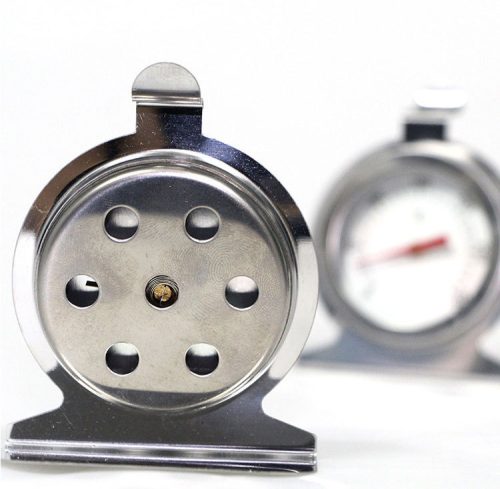Here are some common types of thermometers and their underlying principles:
- Liquid-in-Glass Thermometers: These traditional thermometers consist of a glass tube with a liquid (usually mercury or colored alcohol) sealed inside. As the temperature changes, the liquid expands or contracts, causing it to rise or fall within the calibrated scale. The expansion and contraction of the liquid are based on the principle of thermal expansion.
- Bimetallic Strip Thermometers: These thermometers employ two different metals bonded together, which expand or contract at different rates when exposed to temperature changes. This causes the strip to bend, and the movement is calibrated to indicate the temperature.
- Thermocouples: These devices use two different metals joined together at one end to create a junction. When this junction is exposed to a temperature gradient, it generates a voltage that is proportional to the temperature difference. Thermocouples are commonly used in industries and scientific applications due to their wide temperature range and rapid response time.
- Resistance Temperature Detectors (RTDs): RTDs are temperature sensors that utilize the change in electrical resistance of metals (like platinum, nickel, or copper) with temperature variations. By measuring the change in resistance, the temperature can be determined accurately.
- Infrared Thermometers: These devices measure temperature without physical contact by detecting the infrared radiation emitted from an object. They work based on the principle that all objects emit infrared radiation as a function of their temperature.
Thermometers function based on the behavior of materials under temperature changes. The calibration of these devices involves establishing a relationship between the measured physical change (like the expansion of a liquid, electrical resistance, or radiation emission) and the temperature being measured. This calibration allows for accurate temperature readings across different ranges.
Calibration and accuracy are crucial in thermometry to ensure reliable temperature measurement, whether for scientific research, industrial processes, medical applications, or everyday use. Additionally, advancements in technology continue to introduce more accurate, efficient, and specialized types of thermometers for various purposes.


